In simple terms, sex in advertising is the use of sexually provocative or erotic imagery or sounds that are specifically designed to arouse interest in a particular product, service or brand.
Historically, we have seen many images of beautiful women used to lure viewers in, but in modern times we also see plenty of hunky guys featuring too. Whether they be the Hollywood star type (think Nespresso and George Clooney) or hand-picked models from talent agencies, attractive looking types are so in demand in advertising that in 2014, even convicted criminals have a shot at a contract if they possess the right attributes.
Despite sometimes tenuous or non-existent links to the brand or product being advertised – see the now famous Carl Jr’s TV advert featuring Paris Hilton – we have all witnessed the use of the ‘sex sells’ technique across a wide range of products and services during the course of our lives. In particular – alcohol, fashion, perfume and car advertisements have created strong links with sex over a long period of time.
What’s the theory?
Experts in psychology and neuroscience agree that as human beings, we have a brain which responds to certain primal urges harking back to our caveman days. Many of our responses to things like food, danger or sex are formed in a part of our brain called the Hindbrain (sometimes called the Reptilian brain), which is widely considered to be the oldest part of our brain in evolutionary terms.
By understanding the differences between this older brain function compared with more rational and controlled parts, marketers and advertisers have unreservedly been aiming to leverage off our primal instincts towards sexual reproduction. Put simply, if a sexy advert featuring an attractive person can light up that part of our brain, we may feel more positively about the associated brand or product as our primal system kicks in.
Does the sex-sells technique work?
Like any other advertising technique, the sex-sells approach may be one way of helping a business achieve its objectives if it is used appropriately in the right way, at the right time and for the right audience. For example, popular men’s magazines have regularly experimented with their covers and found that when a sexy, semi-naked woman appears on the cover, it outperforms an image of a male star, even if that star is someone men want to read about.
Another aspect of the technique, which the advertising industry plays to, is the ‘shock factor’. This refers to the surrounding controversy an edgy and provocative campaign can create – often leading to media coverage and publicity many times more the value of the original campaign budget. For example, The Body Shop in Queen St, Auckland recently got people talking with a window poster featuring a strategically placed bottle of their shower gel.
As marketers, we know the best advertising ideas are most successful when they are promoting a well thought-out product or service which has a clearly defined market. Using the sex-sells technique, people may buy your product one or two times due to the erotic interplay, but if the product isn’t any good, you won’t hold onto the customers for long. Not only that, they’ll potentially feel cheated, talked down to, or outright patronized. And that will take a much greater effort on the part of the advertiser to regain that trust.
So where’s it all heading?
A National Airlines stewardess makes come-hither eyes at readers from the pages of a glossy magazine, circa 1971. “I’m Cheryl,” reads the tagline. “Fly me.”
Just as we see a certain ‘quaintness’ in the way companies of the 1960’s and 70’s started to use sex in their ad campaigns, our society will most likely look back on today’s advertising in a similar manner. As the ad industry continues to push the boundaries of sex in advertising, we’re likely to see even edgier images as our brains adapt to new levels of what we find ‘shocking’ and the bar gets raised higher and higher.
On the other side of the coin however, we’re also starting to see an increasing number of campaigns featuring down to earth, ordinary, real types – people like …us! Amongst all of the airbrushing and blow waved hair out there, we are witnessing a new desire for authenticity and imperfection in the people we see in company advertising. Dove’s highly succesful “real beauty” campaign, which featured stories from real women of all shapes and sizes is a good example of this.
Perhaps the best advice for companies is to continue to consider using sex in advertising – but only if it’s appropriate. If you are advertising a male deodorant like Lynx or lingerie like Victoria’s Secret, sex can be a strong selling mechanism. Try and sell insurance or a new sofa with nudity and sex, you’re doing your product a serious disservice. Yes, you’ll get attention. But it’s the wrong kind of attention, and won’t lead to a bigger and better brand. Sex, used sparingly and judicially, is a strong selling tool. But abuse it, and you will ultimately lose out.
The team@MyMarketer.


